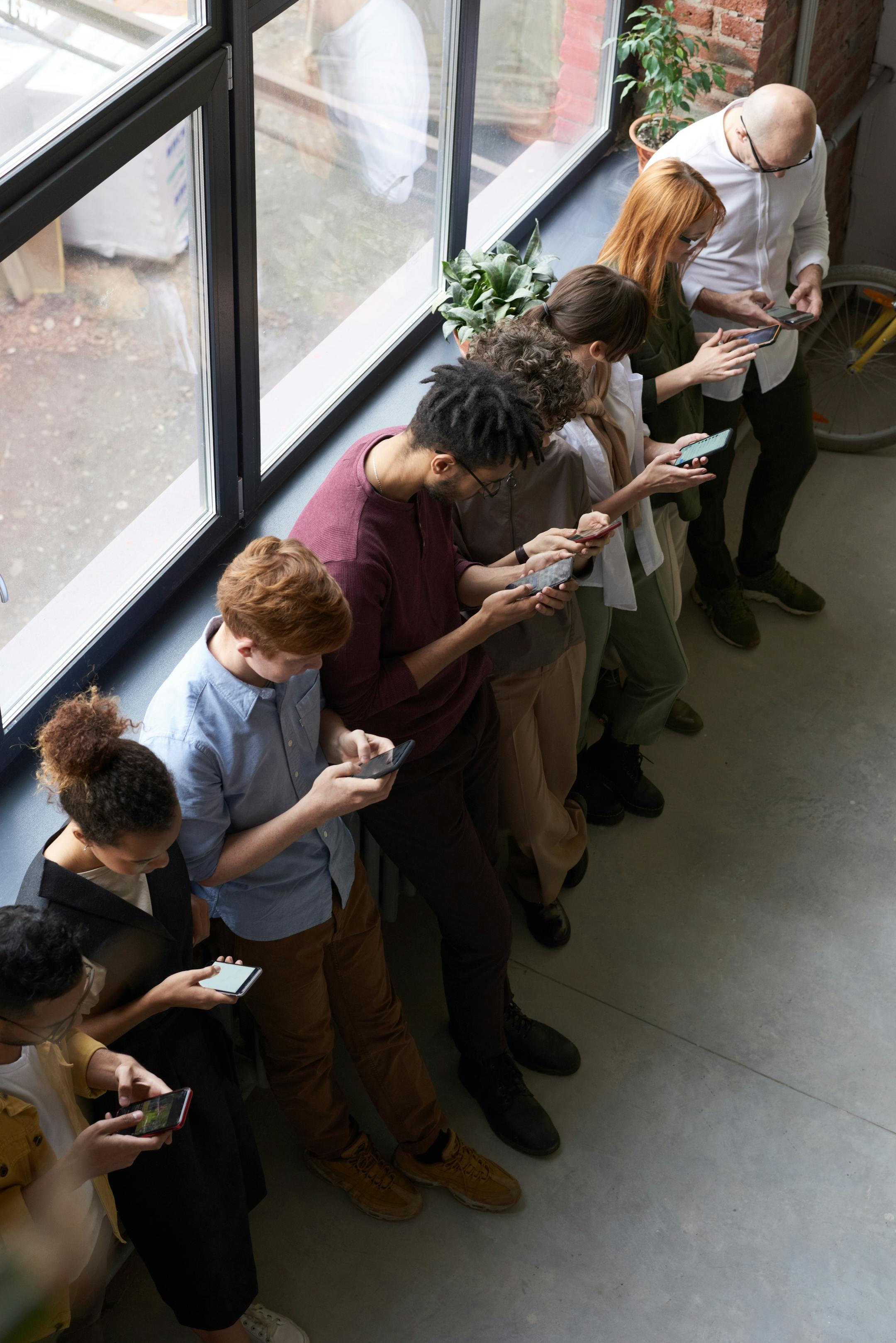Website designed with the B12 website builder. Create your own website today.
Start for free
In recent years, the pervasive influence of social media has wreaked havoc on the mental health of our youth. Tragic incidents, such as the suicides of Amanda Todd and Chase Nasca, underscore the urgent need to hold social media platforms accountable for the content they disseminate.
The Tragic Case of Amanda Todd
Amanda Todd, a Canadian teenager, faced severe cyberbullying after an online predator exploited her. She shared her distressing experiences through a YouTube video, hoping to help others understand the profound effects of online harassment. Tragically, Amanda died by suicide in 2012, highlighting the urgent need for protective measures against cyberbullying.
The Case of Chase Nasca
In February 2022, 16-year-old Chase Nasca from Long Island, NY, died by suicide after allegedly being bombarded with unsolicited and harmful videos on TikTok. His parents have filed a lawsuit claiming that TikTok’s algorithm inundated Chase with distressing content related to violence, self-harm, and suicide, despite his searches for positive and motivational videos. This case underscores concerns about the impact of social media on young users’ mental health and the responsibilities of platforms in moderating content.
School Districts Take Legal Action
Recognizing the detrimental impact of social media on students, over 200 school districts across the United States have initiated lawsuits against major social media companies, including Meta, Snap, and ByteDance. These districts argue that the platforms’ addictive designs and harmful content have exacerbated mental health issues among students, leading to increased instances of anxiety, depression, and disruptive behaviors in educational settings. The Houston Independent School District (HISD), for instance, has joined this legal battle, emphasizing the need for these companies to take responsibility for the negative effects their platforms have on students’ well-being.
The Alarming Statistics
These heartbreaking stories are not isolated incidents. Research indicates that adolescents who spend more than three hours daily on social media face double the risk of experiencing poor mental health outcomes, including symptoms of depression and anxiety. Moreover, over 1 in 10 adolescents exhibit problematic social media behavior, struggling to control their usage and experiencing negative consequences. These figures highlight the pressing need for intervention and regulation.
A Call to Action
The evidence is overwhelming: social media platforms must be held accountable for the content they promote and the algorithms they employ. It’s imperative that we demand transparency, enforce stricter content moderation, and advocate for policies that protect our youth from the detrimental effects of unregulated social media exposure. The time for action is now.